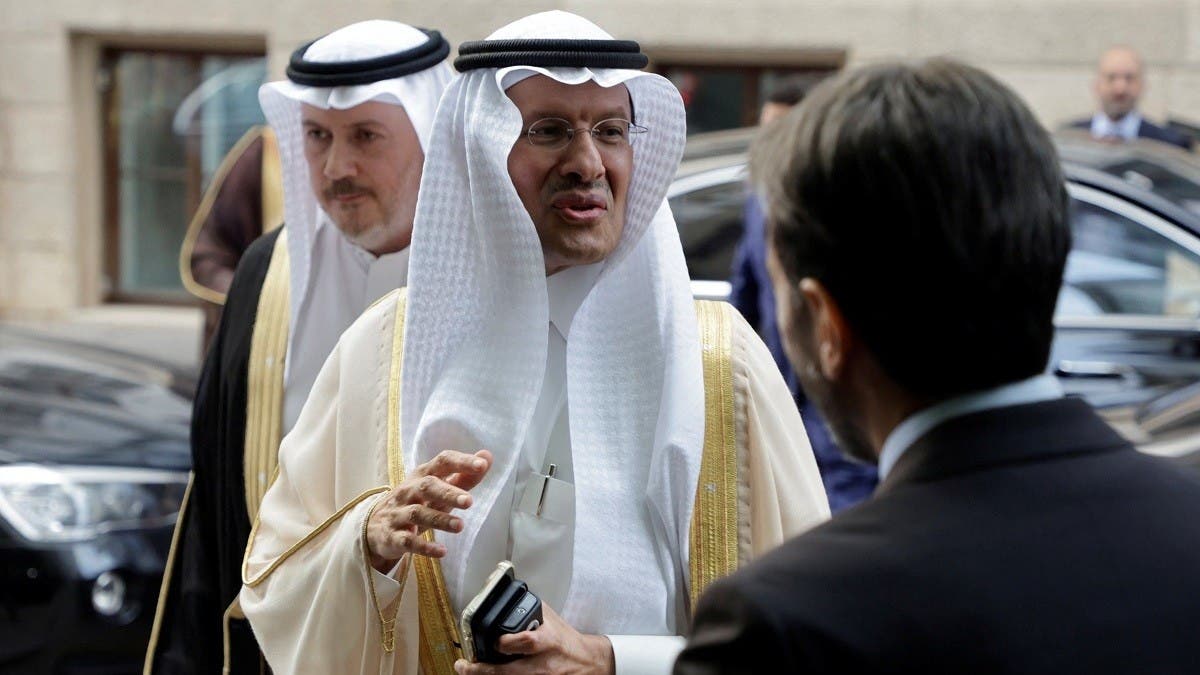
By K Raveendran
The decision by OPEC+ to enforce no official cuts, and yet a voluntary cut by swing producer Saudi Arabia, has had only limited upside price pressure, but the long-term price development will hinge on macroeconomic sentiment and the possible extension of the voluntary Saudi Arabian production cut beyond July.
After more than six hours of lengthy discussions among member countries, the OPEC+ group of oil exporting countries today decided not to implement additional official production cuts this year, choosing instead to set a new and lower target production for 2024.
At the same time, Saudi Arabia announced an additional voluntary cut of 1 million barrels per day in July that can be extended, to help shore up oil prices after crude oil dropped 16 percent in the past seven weeks to an 18-month low.
Additionally, all nine countries that implemented voluntary cuts in April of 1.66 million bpd, such as Saudi Arabia, Iraq, UAE, Kuwait, Oman, Algeria, Kazakhstan, Gabon, and Russia, agreed to extend the cuts by a year, until the end of 2024.
According to Rystad Energy analysts, the move will add limited short-term upside price pressure in the coming weeks, but the long-term price development will hinge on macroeconomic sentiment and the possible extension of the voluntary Saudi Arabian production cut beyond July. But the possibility of the Saudi production cut extending beyond July is expected to limit downside price pressure for the rest of 2023.
The cartel decided to provide guidance into its production management strategy for 2024. The current production target of 40.1 million bpd is for the period from November 2022 until December 2023. The new target production for 2024 is 38.7 million bpd, which is 1.4 million bpd lower than this year’s target. The new target production numbers for 2024 include a significant reduction for Russia, by 650,000 bpd and a 200,000 bpd increase in the UAE’s target production in view of the huge idle capacity the country has built over the years.
Saudi Arabia, which announced a voluntary cut of 1 million bpd, on top of the 500,000 bpd voluntary cut announced in April, envisages that the voluntary cut is only until July, but the kingdom is apparently very clear that these cuts could be extended. Saudi crude production in July would drop to just below 9 million bpd, its lowest level since June 2021.
Macroeconomic headwinds have kept the crude oil price well below $80 per barrel in May, despite the OPEC+ voluntary cuts which initially pushed price to $87 per barrel in mid-April. The price fell to $73 per barrel just a few days ago, its lowest level since late 2021.
When the cartel surprised the market with the announcement of voluntary cuts of 1.66 million bpd voluntary cuts, including 500,000 bpd from Russia, in early April, prices increased by $7 per barrel in one week, but the effect completely faded away in just four weeks as macroeconomic factors again took over as the main driver of the crude oil price.
Analysts were of the considered view before the meeting that even if OPEC+ were to keep the current production policy in place for the rest of the year, the market would tighten significantly in the third quarter of this year. This was any way expected to add significant upside price pressure until the end of 2023.
The major factors that market is weighing to determine the price behaviour in the weeks and months to come include the possible extension of Saudi cut beyond July, macroeconomic risk and the evolution of global demand as refineries ramp up to meet summer demand in the US and Europe, while mainland China’s local demand accelerates again and future Russian compliance of voluntary cuts. There is uncertainty on possibly all counts.
The oil ministers have been mindful of the impact of higher oil prices on the global economy while deciding to avoid any official cut. High oil prices would fuel inflation when central banks are starting to see inflation gradually recede. There is realization that any price increase could prompt the central banks to continue increasing interest rates, a detrimental move for the global economy and oil demand. The outcome of the latest meeting can be seen to exhibit a ‘wait and watch’ approach by the producers. (IPA Service)
The post Oil Market Hinges On Possibility Of Saudi Production Cut Extension Beyond July first appeared on IPA Newspack.


